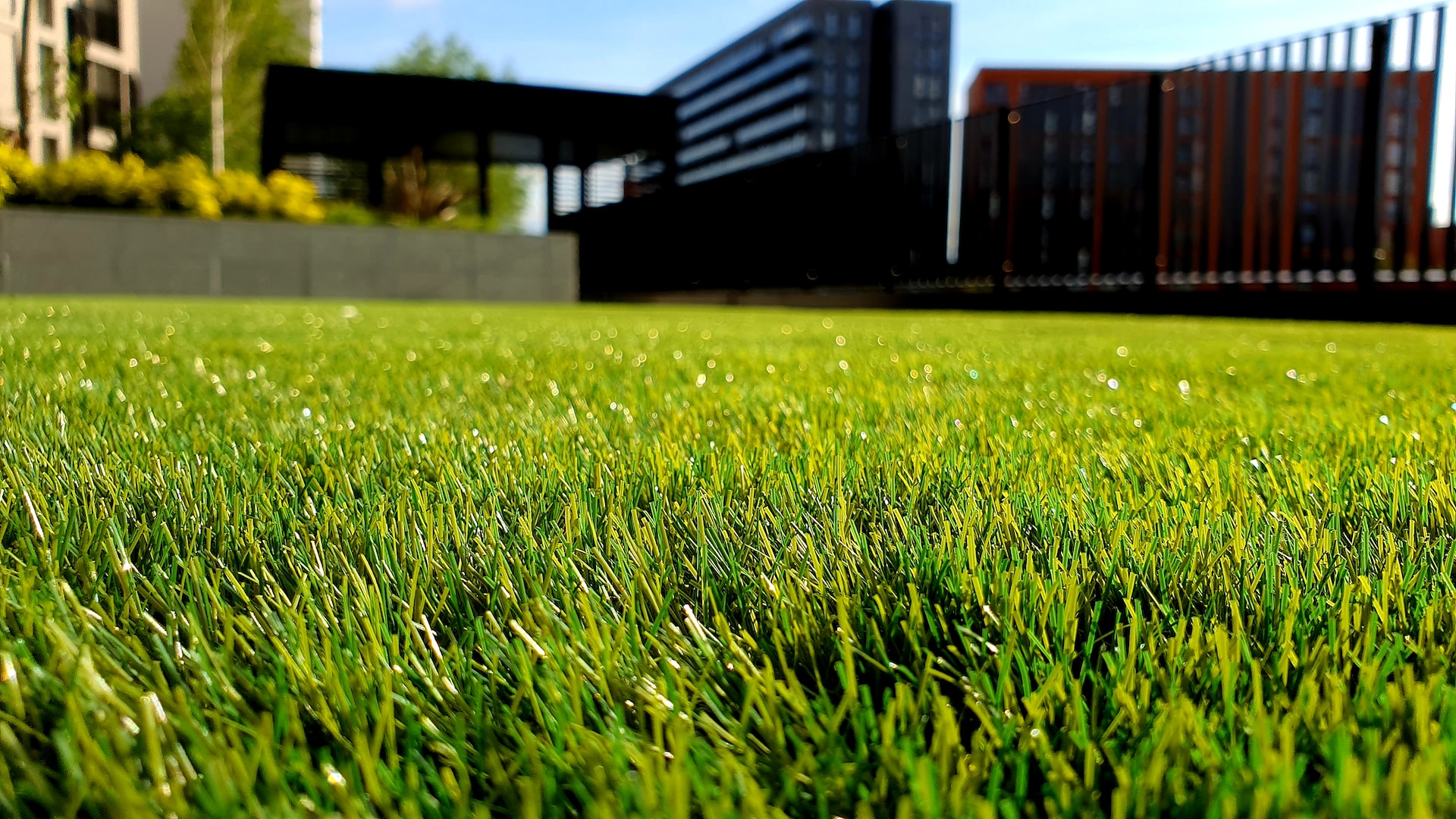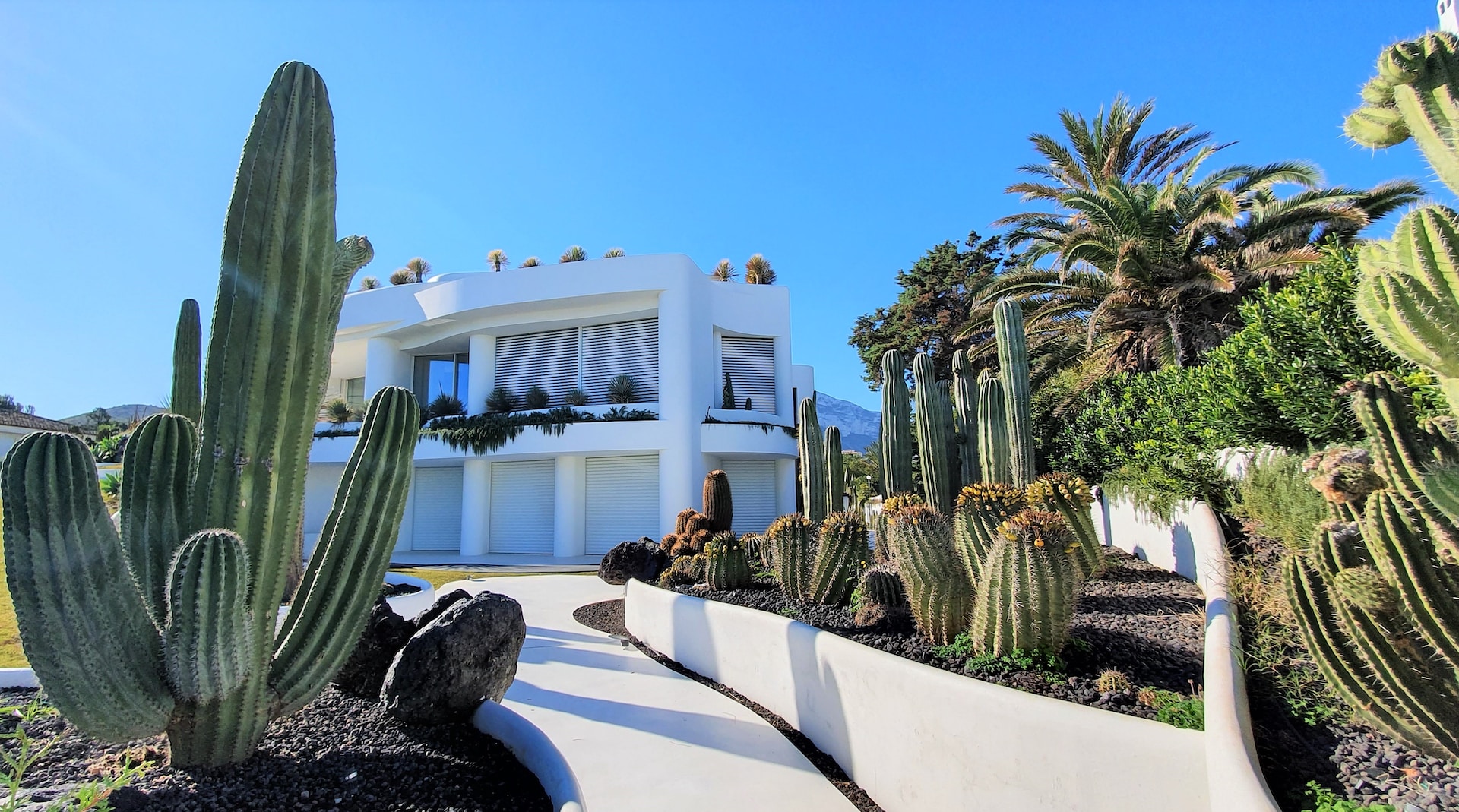
With it getting warmer and the sun shining outside longer, that means it’s time for barbecues with loved ones and neighbors, lounging in the pool, and just sitting outside relaxing in general. The summers only keep getting longer and hotter, which means more Texans will be spending time outdoors. And there is one thing that no Texan will debate, and that’s their lawn.
Vibrant green lawns are something that every Texan is proud of, but it’s also no secret that it’s a challenge to maintain, especially in West Texas. With the climate being arid and the soil being highly alkaline, this can make green lawns feel nearly impossible for so many West Texans. But fortunately, this guide is going to help you so you’ll learn how to grow grass on dry dirt in West Texas.
West Texas isn’t exactly known for being very green, but this doesn’t stop homeowners from working on their lawns. There are a couple of major challenges that West Texas needs to deal with when working towards having a green lawn:
Since Texas is a very large state, you can expect an abundance of different soil types. But when it comes to West Texas, this area is mostly loam soil or a mix of sandy loam soil.
When it comes to the length of time to grow grass, this is something that will honestly just depend. There are so many reasons why it’s going to depend, but in the end, it’s really going to be about the conditions. Since the climate is dry and arid, this usually means that the grass takes much longer to root if it’s able to even do so. Plus, there are some other factors that are going to need to be taken into account.
The soil is typically sandy, hard, and/or rocky, and there isn’t much rainfall in West Texas either. But this doesn’t instantly mean that grass isn’t able to grow on your lawn. What it means is that you need to have a mix of the right conditions and the right type of grass for West Texas lawns.
One thing you have to keep in mind is that what works in North Texas or East Texas may not work in West Texas. The state is large, and the climate in this area is especially hot and dry compared to other parts of the state. Not to mention that the soil itself is much different than in other areas of the state. You’re going to need some special care to get the grass to grow in dry dirt, so here’s what you need to do.
Not all grass is the same, and that means that each type of grass is going to have its own special needs. Fortunately, there are many different types of grasses that can be used in the sandy West Texas soil. The two most opt-for types of grass that West Texans should look into would be the Zoysia grass and the Bermuda grass. These two types of grass are able to tolerate droughts. But if you’re still unsure of what type to choose from, you can always get help from professionals.
Sometimes, dry dirt can be too dry. So you’re going to want to see if this is the case for you. Generally speaking, you can simply just use some water to get your soil wet. But you want to make sure you avoid getting it soggy or making puddles. The whole goal is to make the soil moist enough for grass can grow in it. A garden hose or watering can work just fine.
One thing that most homeowners tending their lawns will overlook is organic matter. Mixing your soil with some organic matter, such as compost or manure, can help speed up the process of germinating seeds. Plus, this is going to help keep your grass healthy and strong. Organic matter contains a lot of nutrients, so this is something you’re not going to want to skip out on. You’re going to want to mix the organic matter with your wet soil before you plant the seeds.
After you’ve prepared your lawn, it’s time to plant the seeds. There are several ways that you can plant the seeds, such as going the classic way by hand or by using a special spreader. But you’re going to want to be cautious with how you do it as you want to avoid too many seeds together (which doesn’t cause much germination), but you’re also going to want to avoid patches as well. If you spread it by hand, there is a higher chance of patches.
After you’ve finished spreading out the seeds, you’re going to want to look into a way of protecting them from the harsh elements, whether it be temperatures, too much or too little moisture. At this stage, they’re very fragile, and if the conditions aren’t right, they won’t be able to germinate or grow much after germination. It can honestly be as simple as covering up the seeds with some soil and then fertilizing them.
When it comes to planting grass seeds, you’re going to want to make sure the entire ground is moist, preferably wet. The amount of water is going to vary depending on the type of grass you’re planting and the season it’s in. If you’re going to try to plant in late spring and summer, you can expect quite of bit of water. But if you’re planting in the fall, then you’re not going to need as much.
The goal is to get the grass to germinate, and once that happens, you can then reduce the water. But in general, regular watering, especially deep watering, helps encourage root growth. When there’s deep root growth, you can usually count on the grass to withstand the drought much better.
One thing you cannot forget to do whatsoever would be to fertilize the lawn. This is so important when it comes to maintaining a vibrant lawn. It’s not only beneficial to grass but to other plants too, such as trees and flowers. Fertilizers provide nutrients to your grass; this keeps it strong and growing and helps create that vibrant green color that homeowners love. Plus, you can count on fewer weeds in your lawn too. You should fertilize one every two months, and if there’s heavy rainfall, you’ll want to fertilize more often.
Ideally, you should try to grow grass in the spring and fall in West Texas, especially if it’s dry dirt. With the long and hot summers, it’s too much heat for seeds to germinate, especially with the lack of moisture in the ground. But the spring has this combination of warm temperatures and moisture which makes it perfect for grass to both germinate and grow.
The same can be said for fall as the temperatures get cooler, roots are able to easily get established, and there’s more moisture. You’re going to want to avoid the summer at all costs due to the lack of moisture and the extreme temperatures. It’s incredibly likely for grass to die or not even germinate at all in those conditions.
Even by following all of these steps, you’re still not guaranteed a green, vibrant lawn. Plus, you can’t forget about all that water that needs to be used too on those dry and hot days. So if you really want to make sure you have green grass and a gorgeous landscape, you can look no further than El Paso Artificial Grass. This option offers a practical and sustainable solution for homeowners in West Texas who struggle to maintain natural grass due to the region’s challenging climate and water scarcity.
By choosing El Paso Artificial Grass, you not only improve the aesthetics and functionality of your outdoor space but also contribute to water conservation efforts and reduce your carbon footprint. So, don’t let the harsh conditions of West Texas hinder your landscaping goals. You deserve that green oasis!



This form used in modal popup